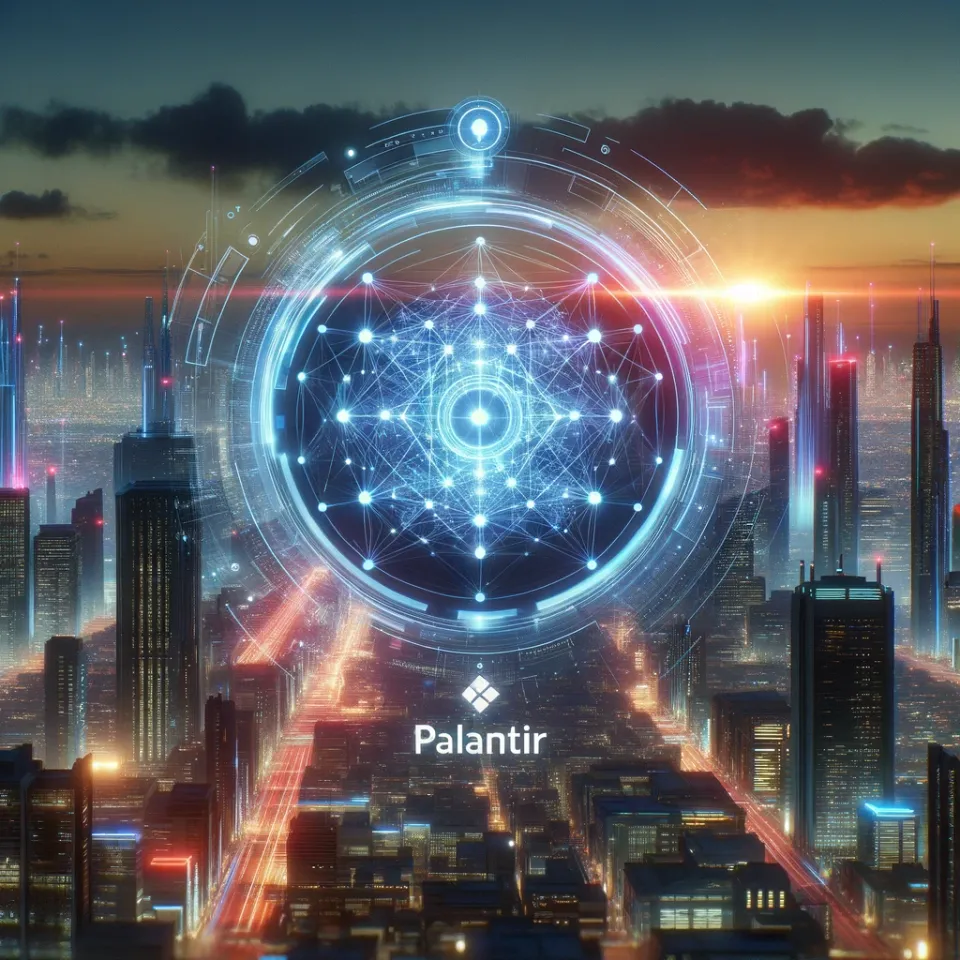Monday.Com: 4Q22 Update & Deep Dive Revisit

Summary
- There is extremely dense competition in the work productivity space but as we’ve explained in prior reports, it is a space primed for a (few) winner(s) takes all scenario.
- The deteriorating funding landscape for startups (exacerbated by the SVB collapse), give leading work management players like MNDY a significant advantage.
- MNDY has created an optimal blend of work management tools & programmability, and of high-level coordination & low-level process automation, thus delivering superior user experience.
- MNDY's growth guidance is a significant drop but will still lead to sizeable market share gains.
- MNDY's valuation is in the fair value range but with upside potential. Long-term we believe MNDY is the better investment, but for greater intermediate alpha, ASAN is probably a better bet.
The Overarching Tailwind for Work Productivity Tools
To fully appreciate MNDY’s future it helps to consider the overall historical context of work management and MNDY’s role in its evolution. The concept of work management became prominent during the early stages of the industrial revolution. By the early 20th century, Scientific Management was considered the best approach to maximise worker productivity. Back then, factories were the economic engines, so Scientific Management entailed workers using well-defined and rigid processes for completing work with maximum efficiency.
During the 1980s and 1990s, innovation began shifting from machinery and hardware to knowledge, services, and software, creating more of a need for creativity. Machinery/hardware became commoditized and knowledge/services/software became the value differentiator, and this greatly lowered the entry barriers for competition. The drop in capex and the rise in competition led to a much quicker pace of innovation that Scientific Management was not designed for. There became a need for a more fluid and abstract approach to work management.
OKR (Objectives & Key Results), is a goal-setting framework developed by Andy Grove, former Intel CEO, that rose to the challenge of better managing work for those in the tech sector. The OKR framework was used for teams and individuals to set objectives in line with their company’s overall goals. But most importantly, it provides workers with discretion as to how they decide to achieve those objectives. Obvious benefits are job satisfaction and accountability, but imperatively it gives employees the needed flexibility to navigate the ever-changing landscape of the software sector.
Tech giants like Google and Meta have been immensely successful at implementing OKR. This is in large part because they had an abundance of software skills to enable slick coordination across the company. If management is going to give freedom to employees in pursuit of objectives, they need to have a means of coordinating what they are all doing, or else OKR will be less efficient than its predecessor, Scientific Management. Big tech has had the skillset to maximise OKR; however, typical non-tech firms have not. Instead, they’ve cobbled together Excel, Word, and Outlook to coordinate tasks and projects in pursuit of OKR success.
The emergence of Monday, Asana, AirTable, Notion, Clickup, and numerous others have enabled non-tech firms to close the gap in work management. The density of competition is testament that non-tech firms have a burning desire to streamline their work management via seamless coordination.
To illuminate the value of Monday and its rivals, it’s useful to contemplate the role that Excel plays in virtually every organisation. Excel has been integral as work has shifted from paper-based systems, to analog ones, and then to fully digitized alternatives. And Excel has played an incredibly important role as workers have made this transformation to a digital world and dabbled with increasingly complex functions.
The calendar is a prime example. As things moved to digitized systems, initially many workers transferred the calendar to Word. However, people quickly learned that by transferring the calendar to Excel, one could incorporate more data, automation, interoperability, and conduct easier data inputting. Workers learned how to build more complex applications without any prior knowledge of coding, dubbed ‘no code’, things that were not possible with Word. With VBA and macros enabled, in essence people can and do build any application they perceive, though the complexity skyrockets as the solutions increase in sophistication.
The TAM of Excel is kind of immeasurable. It is pervasively used – literally by every organization – and it’s the most adopted no-code platform, long before the term no-code was even being used. Though, it takes a lot of training and experimentation to learn how to do the more complex stuff like task management, project management, timelines, and calendar visualizations. This is where companies like MNDY can create an abundance of incremental value. It could be described that Word initially brought in the 1.0 of digitization, Excel brought the 2.0 era, and the likes of MNDY, ASAN, and AirTable are ushering in the 3.0 digitization era.
In essence, now all types of companies have access to the work productivity tools required to innovate at the speed and fluidity of big tech. However, the adoption and penetration rates are still very low. Indeed, many orgs currently have teams tinkering around with MNDY and others, but the runway adoption is long and wide as these platforms can be the foundational layer to support all work types and completely replace legacy Office tools.




